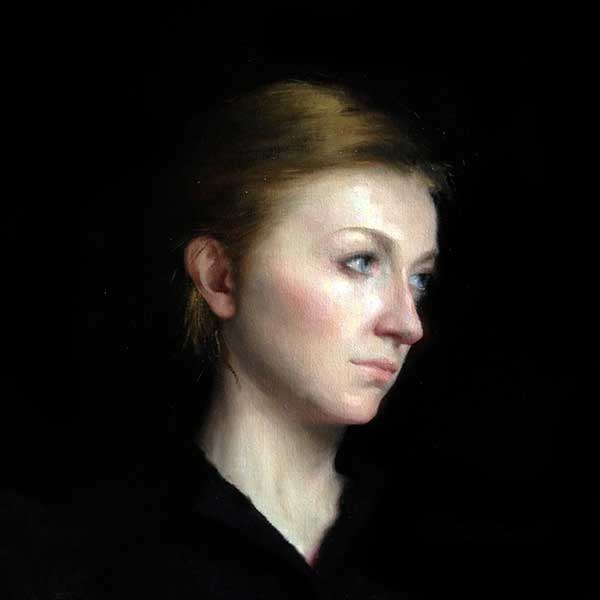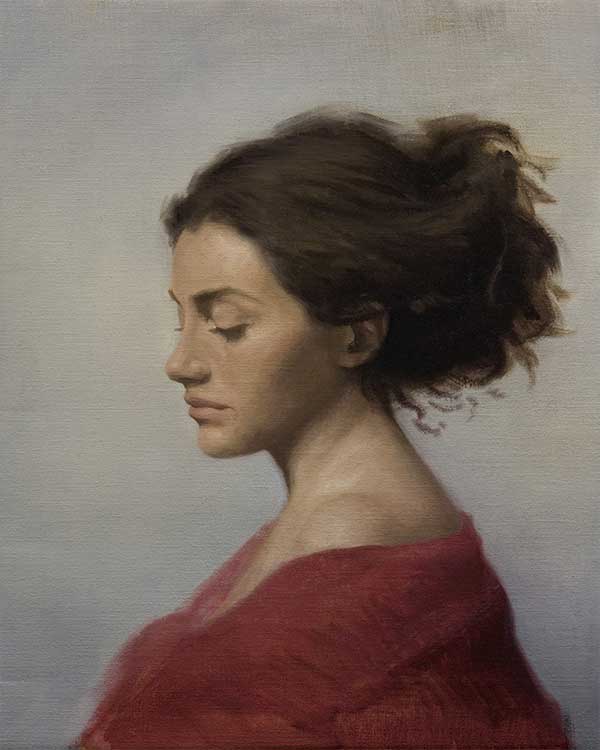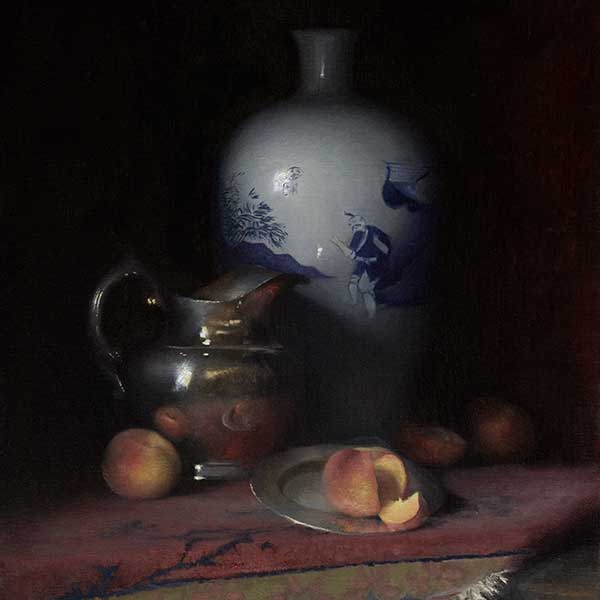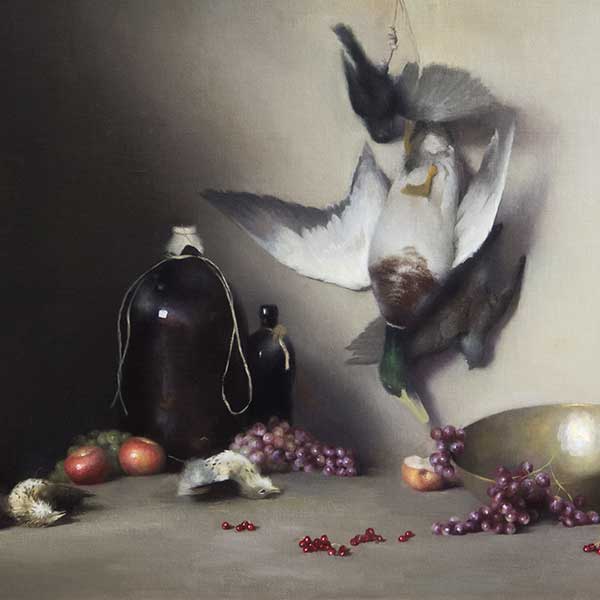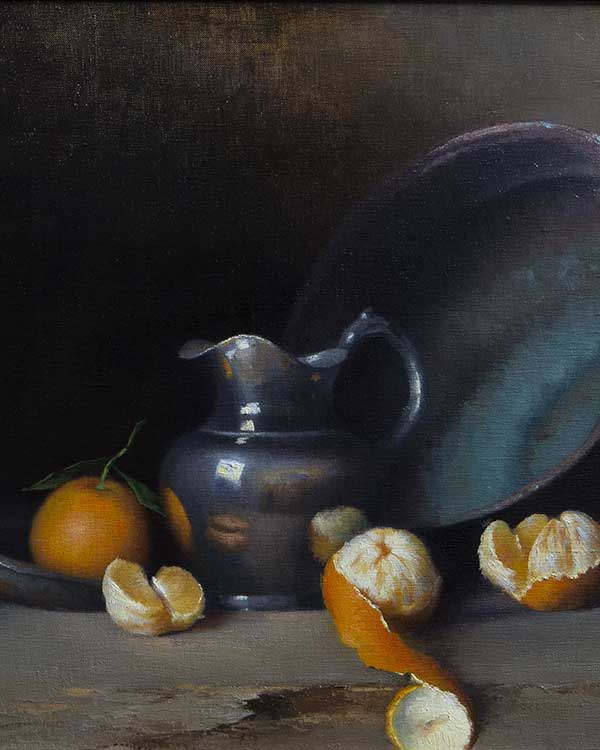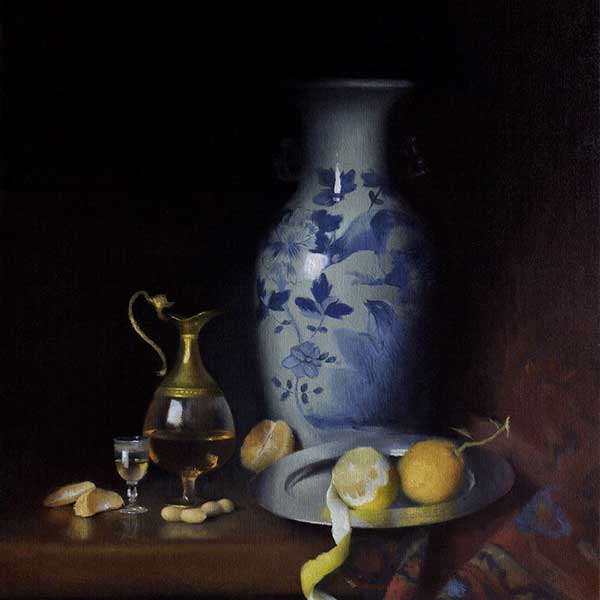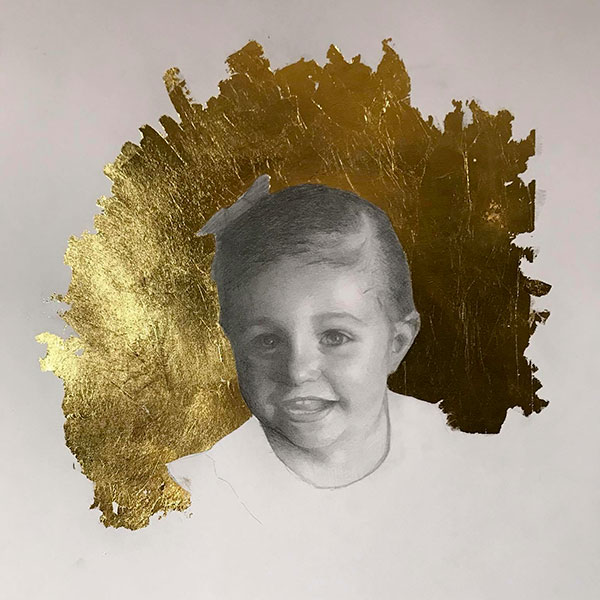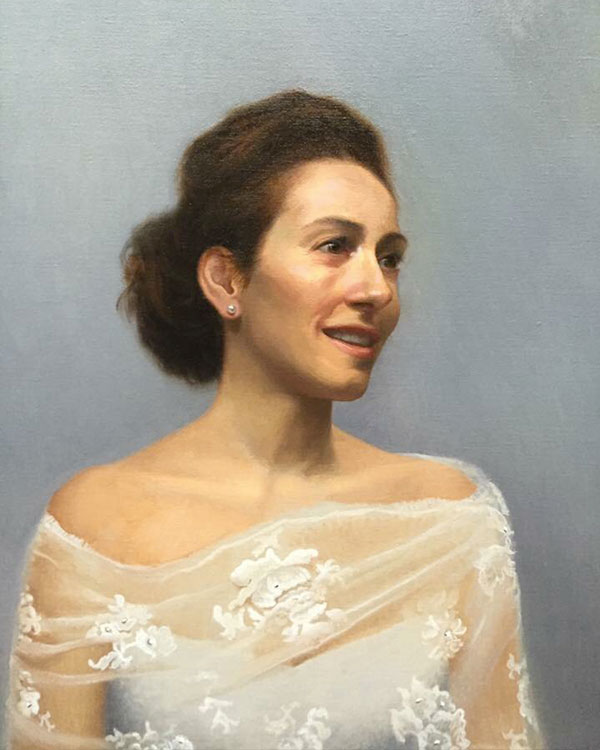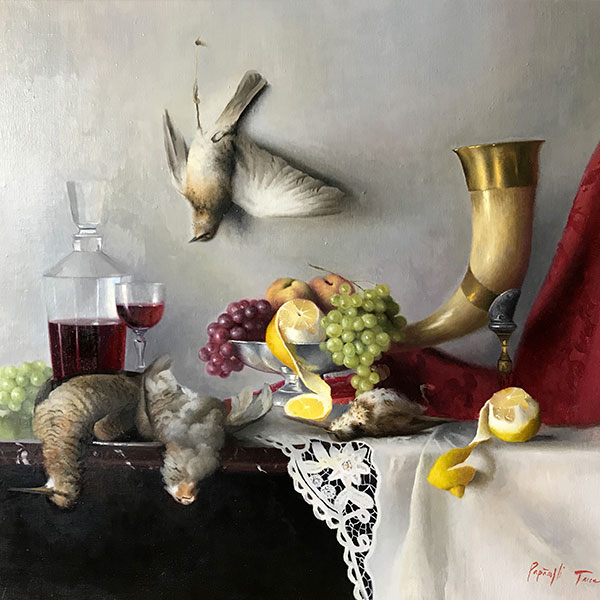Libérez votre créativité
Est-ce que vous avez toujours voulu apprendre à peindre et dessiner?
Grace à des principes et techniques en matériaux et en théorie des couleurs, vous pourrez laisser votre créativité s’exprimer et réaliser des tableaux incroyables qui vous inspirent
Les arts visuels pour atteindre le “Mindfulness”
La pratique de la peinture se fait dans l’instant. Tout son esprit et son attention doivent se focaliser sur l’oeuvre et sa création. Evacuer le stress et les pensées négatives de la vie quotidienne pour vous concentrer uniquement sur le geste et la création.
Que vous souhaitiez faire de la peinture ou du dessin, l’Atelier d’art de Costanza est un espace d‘expression créative fait pour vous, débutant ou confirmé.
L'objectif est que l'élève améliore ses capacités d'observation et apprenne à déconstruire des informations visuelles complexes en grandes et petites formes, en ombres et en lumières.
Découvrez les secrets de la couleur et toutes les étapes nécessaires pour réaliser une nature morte, un paysage ou un portrait de votre choix. Si vous débutez, ne soyez pas intimidé(e), le cours se déroule dans un esprit de découverte et d’expérimentation.
Après un premier cours entièrement dédié à la préparation et la maîtrise des couleurs, je vous guide pas à pas dans la réalisation de votre oeuvre.
Nous commençons au début par le dessin gestuel en peinture avec une technique de pinceau sec. Ensuite, en utilisant la palette limitée de quelques couleurs de terre et de certains cadmiums, la couleur est introduite pour se concentrer sur la grande forme (appelée Big-Form Modeling).
La pratique est le meilleur exercice pour apprendre à peindre, ou à dessiner, à apprivoiser sa palette de couleurs, à utiliser la peinture à l'huile et manipuler son pinceau.
Ensuite, nous travaillons sur un sujet de votre choix comme un paysage, une nature morte ou un portrait. Il s'agit de construire son tableau en appliquant les grands principes de la composition et les règles de la perspective.
Courses Timetable
| Day | Course 1 | |
|---|---|---|
| Monday | 14:00-16:00 | |
| Tuesday | 10:00-12:00 | 14:00-16:00 |
| Wednesday | 18:00-20:00 |
Courses Prices
| 5 lessons | 350 chf |
| 10 lessons | 700 chf |
| 20 lessons | 1400 chf |

The Location
Costanza Fine Art Studio
Place Simon-Goulart 4, 1201 Geneve, Suisse
Google Maps
costanzafineart@gmail.com
From Switzerland: 07 88379594
From abroad: +41 7 88379594


